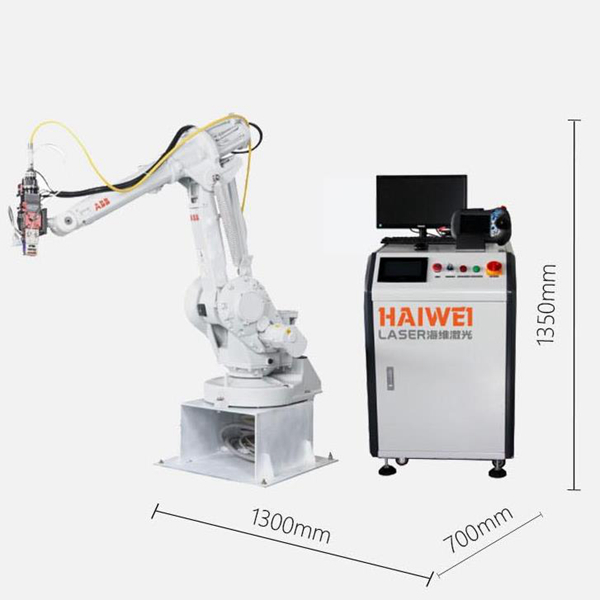The Role of Laser Welding Machines in Automotive Lightweight Design
Automotive lightweighting has become a cornerstone of modern vehicle engineering, driven by the need to improve fuel efficiency, reduce emissions, and enhance electric vehicle range. Among the technologies enabling this shift, laser welding machines have emerged as critical tools, offering unique capabilities that align with the demands of lightweight materials and complex designs.

Enabling Joins Between Dissimilar Lightweight Materials
Traditional welding methods often struggle with the thin, high-strength alloys and composite materials central to lightweighting—think aluminum, magnesium, and advanced high-strength steel (AHSS). Laser welding, however, provides precise heat control, minimizing thermal distortion in these sensitive materials. This allows manufacturers to combine dissimilar materials in structures like chassis frames and body panels, optimizing strength-to-weight ratios without compromising integrity. For example, joining aluminum door frames to steel hinges, a once challenging task, is now feasible with automotive laser welding systems, maintaining structural rigidity while cutting overall weight.
Supporting Complex, Thin-Walled Designs
Lightweight designs frequently rely on intricate, thin-walled components to reduce mass without sacrificing performance. Laser welding machines excel here, as their focused beams (often 0.3–0.8mm in diameter) enable narrow, deep welds that preserve material thickness and structural integrity. This precision is particularly valuable in areas like battery enclosures for electric vehicles, where thin aluminum or steel must be joined securely to protect components while keeping weight low. The non-contact nature of laser welding also reduces the risk of damaging delicate parts, a key advantage over mechanical fastening methods that add bulk.
Enhancing Production Efficiency for Lightweight Goals
Adopting lightweight materials can complicate manufacturing processes, but laser welding helps streamline production. Modern systems integrate with automated lines, ensuring consistent weld quality across high-volume runs—a necessity for automotive scalability. This reliability reduces rework and material waste, making lightweight designs economically viable. For manufacturers transitioning to lighter materials, investing in a laser welding machine that balances precision with speed can accelerate adoption of lightweighting strategies, aligning production capabilities with design goals.
In summary, laser welding machines play a quiet yet pivotal role in automotive lightweighting, addressing material compatibility, design complexity, and production efficiency. For manufacturers seeking to implement lightweight designs, selecting a laser welding system tailored to automotive applications can bridge the gap between innovative design and practical, scalable production.
With 17 years of experience, Haiwei Laser offers specialized laser welding solutions to support these automotive lightweighting efforts effectively.
Recent Posts
- What are the advantages of laser welding machines in lithium battery pack production lines?
- What issues should be noted when choosing a lithium battery pack production line?
- Quality Inspection and Control of Lithium Battery Module Pack Production Line
- Cell grouping and sorting process in lithium battery module pack production line
- What are the safety hazards of lithium battery pack production lines and how can they be prevented?
INQUIRY

